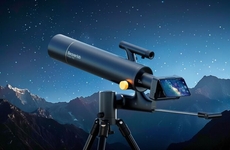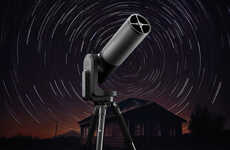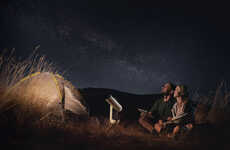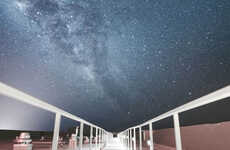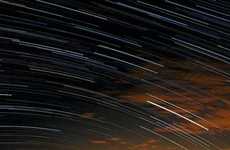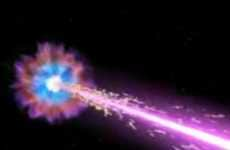
Perseid Meteor Shower
Jeremy Gutsche — August 12, 2008 — Tech
References: trendhunter
The annual Perseid Meteor shower is upon us, triggering the rise of Flickr Astronomy. Basically, web 2.0 has taken recreational astronomy (and photography) to the next level by providing a medium where people can get inspiration, share photos and constantly improve their game.
One of the benefits of web 2.0 astronomy is that users provide a examples with specific details / instructions about what they did. In the example of the Perseid Meteor Shower, these instructions can make a big difference. Users sharing the instructions about where to look, how to improve meteor photographs, and how to identify specific stars / satellites, etc.
Check out the following Perseid Meteor Shower photos from past years.
Photo credits go to:
fortphoto
airchinapilot
pchee
ScienceDuck
PostPurchase
TheInsecureRobot
Writemboyo
edhiker
One of the benefits of web 2.0 astronomy is that users provide a examples with specific details / instructions about what they did. In the example of the Perseid Meteor Shower, these instructions can make a big difference. Users sharing the instructions about where to look, how to improve meteor photographs, and how to identify specific stars / satellites, etc.
Check out the following Perseid Meteor Shower photos from past years.
Photo credits go to:
fortphoto
airchinapilot
pchee
ScienceDuck
PostPurchase
TheInsecureRobot
Writemboyo
edhiker
Trend Themes
1. Web 2.0 Astronomy - The rise of web 2.0 has transformed recreational astronomy by providing a platform for sharing inspiration, photos, and instructional content, creating opportunities for disruptive innovation.
2. Improved Photography Techniques - Through web 2.0 platforms like Flickr, users can learn and improve their meteor photography skills by sharing specific details, instructions, and tips, opening possibilities for disruptive innovation in photography.
3. Collaborative Stargazing - Web 2.0 astronomy enables users to collaborate and share information about specific stars, satellites, and stargazing locations, paving the way for disruptive innovation in collaborative observation and identification.
Industry Implications
1. Photography - The web 2.0 astronomy trend presents opportunities for disruptive innovation in photography techniques, equipment, and online photography communities.
2. Social Media - Web 2.0 platforms like Flickr exemplify the integration of recreational astronomy with social media, opening avenues for disruptive innovation in social media platforms tailored to astronomy enthusiasts.
3. Education - The rise of web 2.0 astronomy offers opportunities for disruptive innovation in educational resources, online courses, and platforms that facilitate learning about astronomy.
2.1
Score
Popularity
Activity
Freshness

